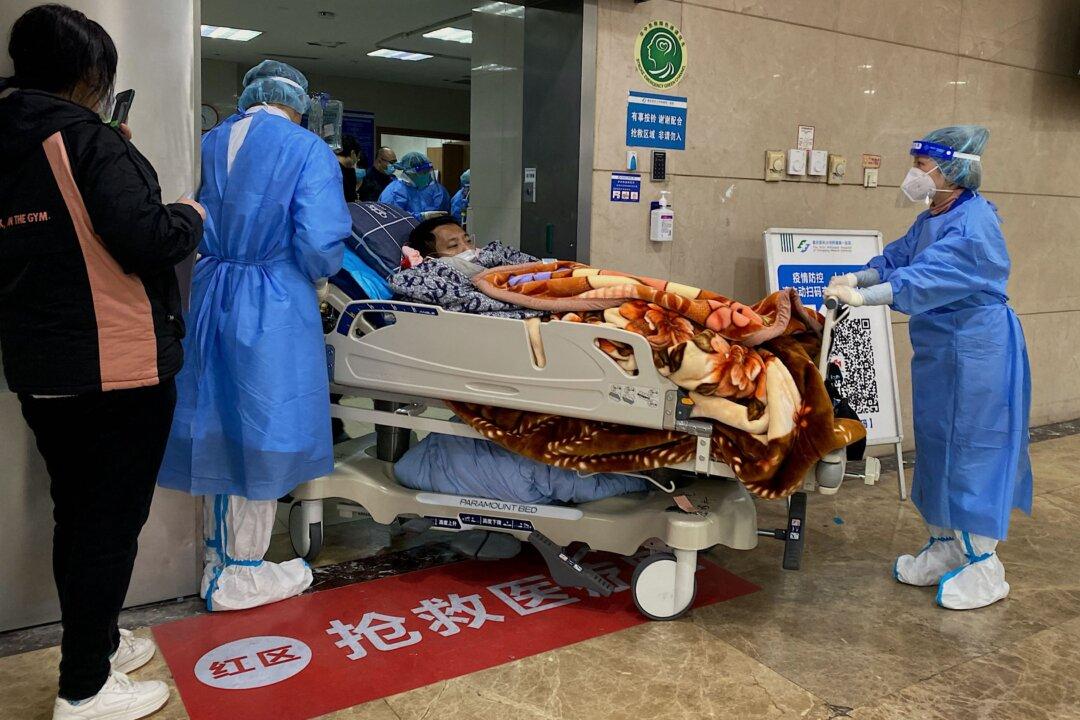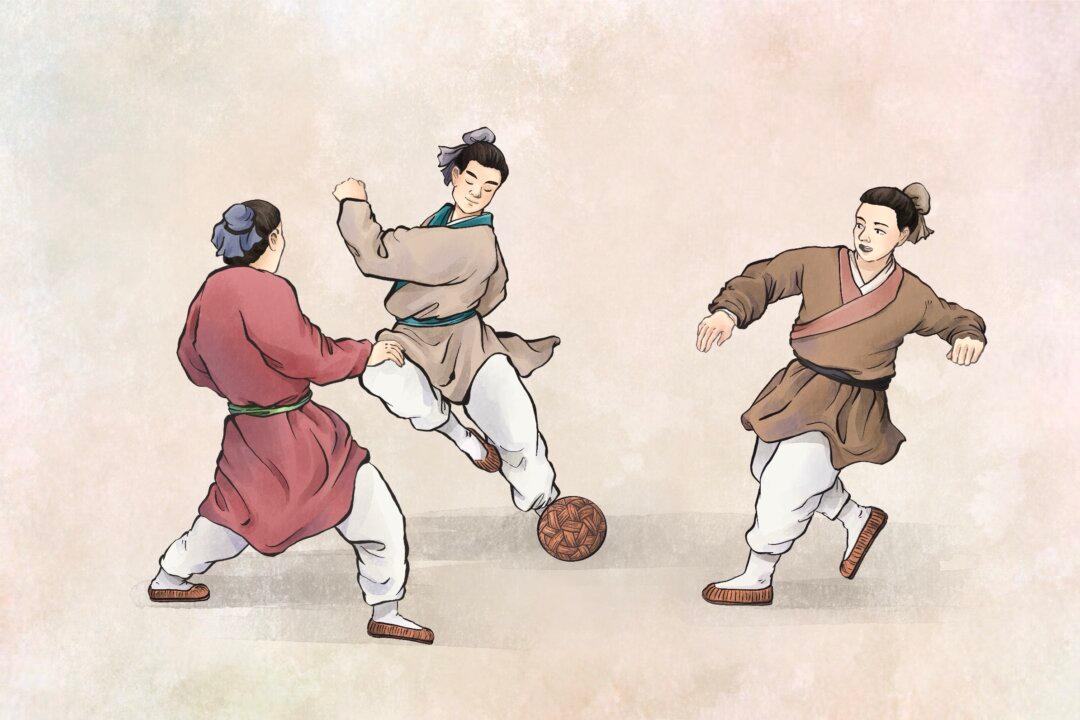While a new wave of COVID-19 is sweeping across China, Zhong Nanshan, an academician of the Chinese Academy of Engineering, said on Dec. 15 that COVID-19 should be renamed “COVID flu,” as current variant Omicron’s fatality rate “has dropped to a very low [level]” and is equivalent to that of the “seasonal flu,” according to Cailianshe, a state-run financial media mouthpiece based in Shanghai.
Zhong’s remarks triggered backlash among Chinese netizens.





